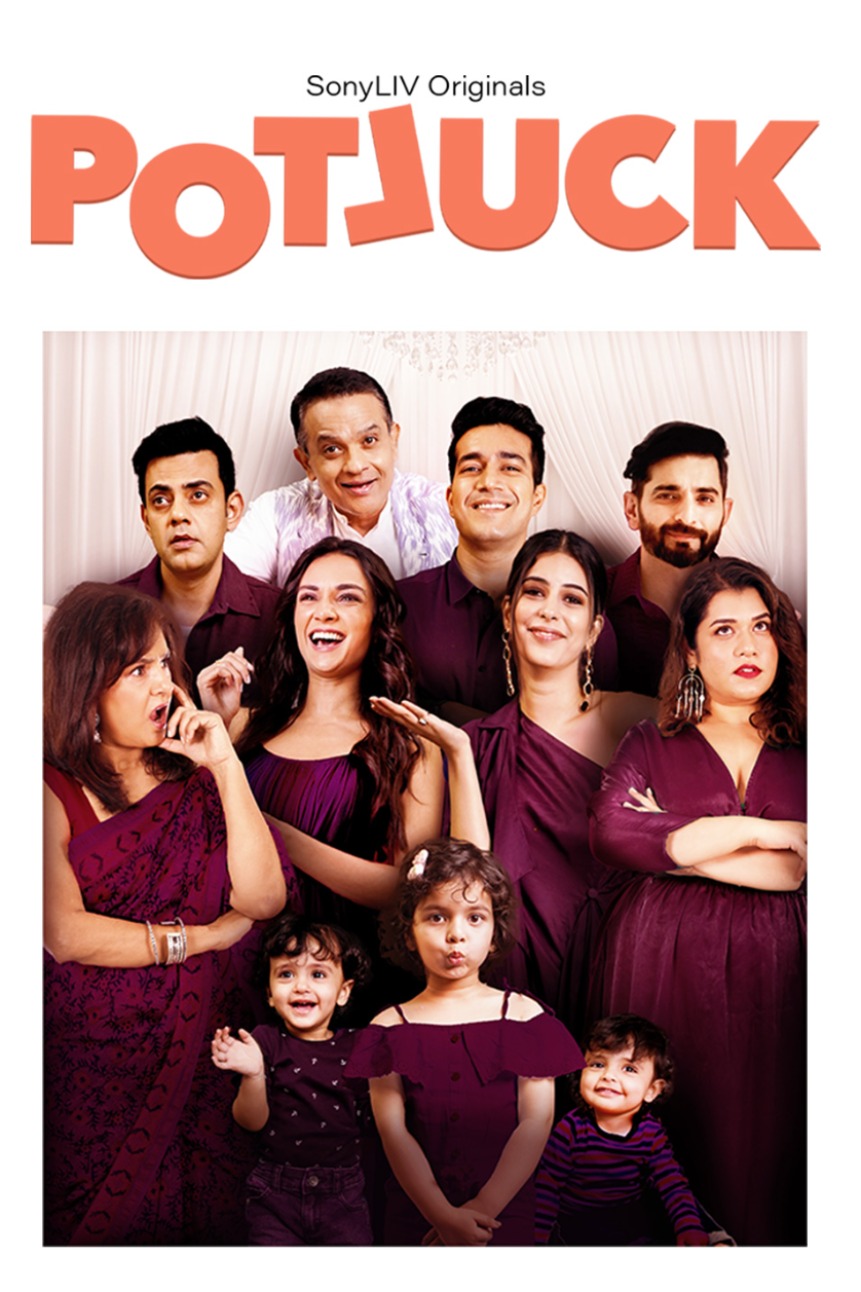Rajshree Ojha
Biography
Rajshree Ojha (born 1976) is an Indian filmmaker best known for directing Aisha (2010) and Chaurahen (2007). Her films often explore human relationships with emotional depth and subtlety.
Early Life and Education
Born in Kolkata and raised in Bangalore, Rajshree pursued her graduation in Computer Science in New York City before discovering her true passion—filmmaking. She went on to study film at New York University and later earned her master’s degree in filmmaking from the American Film Institute (AFI) in 2002. Her short film Badger, made as part of her diploma, won the AFI’s Spirit of Excellence Award for Outstanding Direction. She was also honored as an Asian Voice by the Directors Guild of America. Rajshree returned to India in 2005 to begin her film career.
Film Career
Rajshree’s first feature film, Chaurahen (2007), was based on four short stories by celebrated Hindi author Nirmal Verma. The film featured an ensemble cast including Soha Ali Khan, Zeenat Aman, Kiera Chaplin, and Nedumudi Venu. Despite facing major production setbacks and financial challenges, Rajshree completed the film independently. It was eventually released in 2012 under PVR Pictures’ Director’s Rare initiative and earned critical acclaim at various film festivals.
Her second film, Aisha (2010), starring Sonam Kapoor and Abhay Deol, was a modern adaptation of Jane Austen’s Emma. Though the film received mixed reviews, it remains her most commercially recognized work. Rajshree later revealed that she had limited creative control over the final cut, as the film was shaped primarily by producer Anil Kapoor’s team.
Rajshree also directed a segment titled Biriyani in the anthology film X: Past Is Present (2015), starring Radhika Apte and Rajat Kapoor. The story revolves around a couple’s emotional turmoil as their relationship unravels on their anniversary.
Legacy
Rajshree Ojha continues to be regarded as a thoughtful filmmaker with a distinct voice in Indian cinema. Her work bridges sensitivity and realism, portraying human emotions through nuanced storytelling and strong character-driven narratives.

